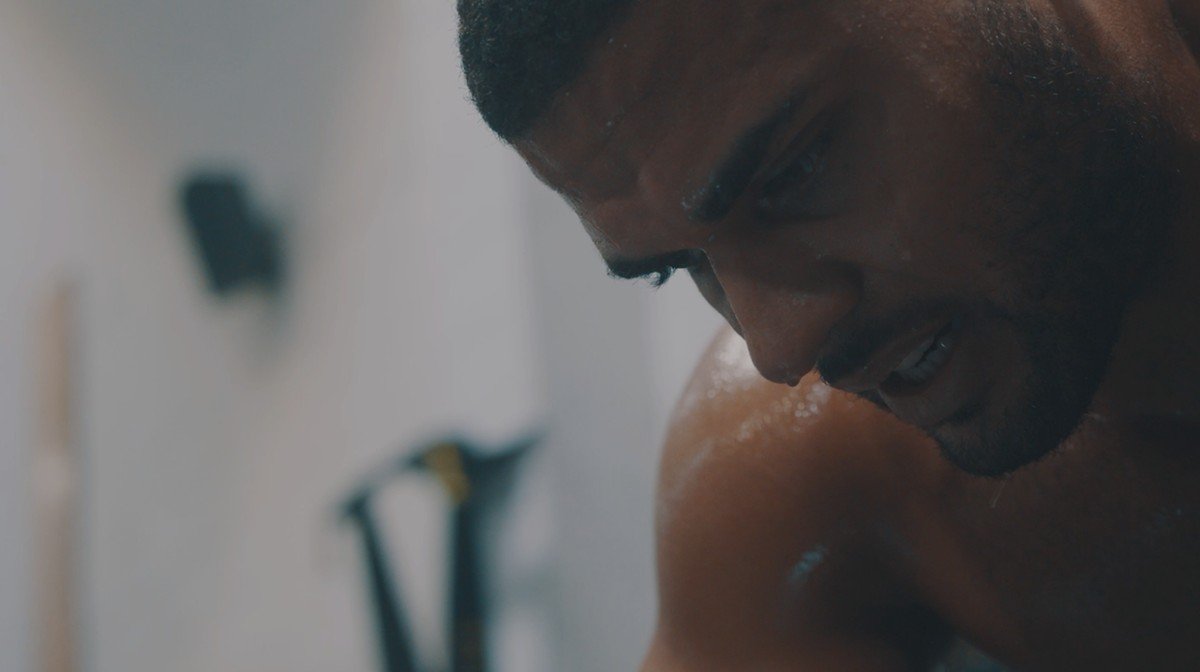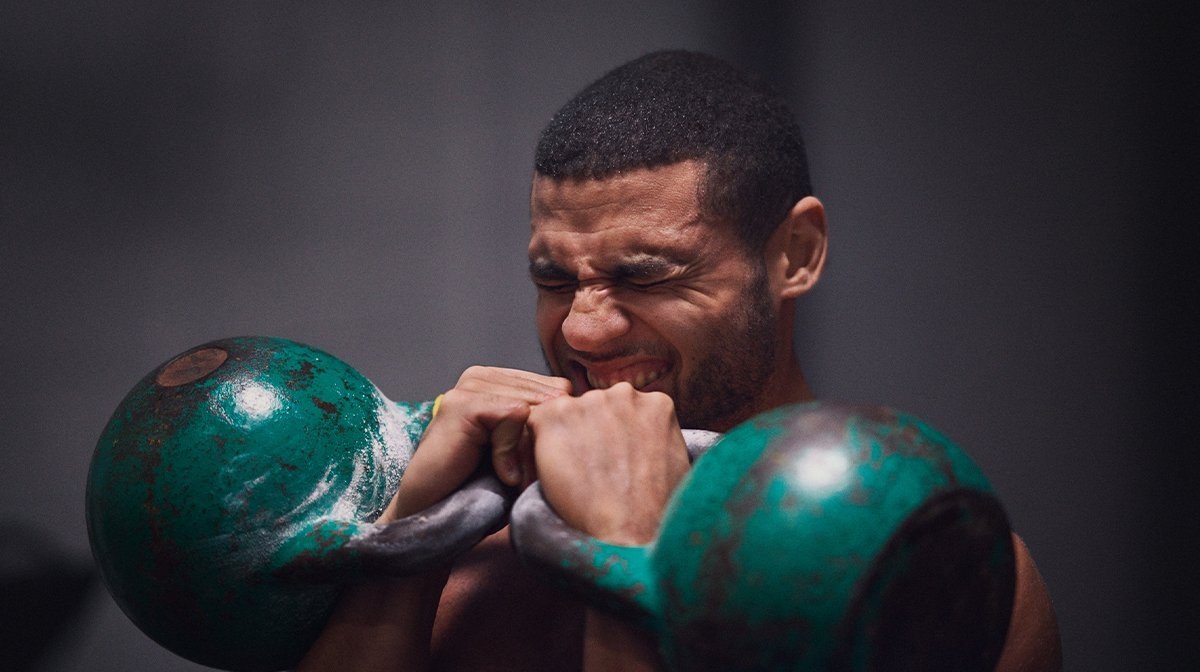Everyone knows the physical benefits of sport and exercise. If we want to gain muscle mass, we lift weights. If we want to improve our aerobic conditioning, we can, for example, run. And what can we do when we are concerned about our mental well-being?
When it is the mind that suffers, what can we do to overcome our anxieties, anxieties and fears? We asked our customers if sport and fitness play a role in their mental health, and here’s what we found:
- 99% of respondents say that sport or physical activity helps their mental well-being.
- almost a quarter of people aged 18 to 24 see football as beneficial to their mental well-being; this corresponds to double that of any other age group.
- only 3% of women consider football to be a sport beneficial to their mental well-being.

Less than 1% of respondents stated that sport and fitness are not beneficial to their mental health
Of all respondents, more than 89% believe that sport and fitness are a support for their mental well-being, and another 10% say that these activities have already helped them on some occasions.
The main motivating factors to take part in fitness activities mentioned were a feeling of greater comfort with the body itself, improved disposition and reduced stress. The least highlighted motivations were to overcome fears and increase sociability.
We asked sports and exercise expert Jamie Wright about what research in the field has to say on this topic.
“Physical activity has been used as a therapeutic tool to treat mental health issues. Detailed meta-analyzes found significant improvements in mental health with the introduction of exercise. In addition, the effect of exercise appears to be even greater in people who suffer from serious problems at this level.
Some studies have found that people who can fit 150 minutes of moderate to vigorous physical activity per week have a 31% lower risk of depression than those who don’t. ”
After we have highlighted how exercise can help our overall mental well-being, let’s take a look at the activities that respondents found most useful.
Weightlifting was considered the most beneficial type of training, with the support of 78% of people. Next, all with 47%, came running training, walking and cardiovascular training in the gym. Swimming was mentioned by 20% of respondents, ranking third.
If you happen to find yourself at home wanting to do something that does not involve watching television or a computer screen, why not try some free weight exercises? They are easy to make in the living room, bedroom or garden. Alternatively, you can have some trails, parks or riverside walks nearby to explore on foot, if you prefer not to go to a gym.
But sports are not the only activities identified as beneficial: we asked respondents about their favorites. Taking into account both sports and non-sports activities, the gym ranked first, selected by 75% of our customers as the most relevant activity for their well-being.
If you don’t have the patience to lift weights, run, or swim, and prefer to try something else, the most recommended non-physical activity was simply talking or socializing, mentioned by 43% of people; 41% referred to “sports” and 39% referred to “cinema and television”.
Subscriptions to television services today are probably reaching record numbers, but they are not the only thing that a screen can serve. Chatting and socializing may not seem easy right now, with the restrictions of social distance, but why not try something like a weekly question and answer game with friends over the internet, or a virtual escape room ?
The activities considered least useful for mental health were those related to the arts, with “karaoke or music”, “creative arts”, “writing a diary” and “performing arts” receiving less than 17% of the votes. Although 1 in 5 women considers that the creative arts contribute positively to their mental health, only 1 in 10 men corroborates this idea. How do they differ?

Men go to the gym, women go to the race track
More than 75% of men and 85% of women engage in physical activities to feel more comfortable with their body or to improve their disposition.
For both genders, comfort with the body and improved disposition are primary motivations. Although both women and men select weight training as the type of exercise they most associate with mental well-being, the activity chosen in second place differs.
Going to the gym comes second for men, and is recommended by 46% of them for mental well-being. In third place comes running and walking training, favored by 40% of men.
For women, however, the track ranks second, with 60% giving the vote to running and walking. Going to the gym came in third, with 50%.
The biggest difference, however, concerns football, which is considered positive for mental well-being by 1 in 5 male respondents, in contrast to only 3% of women.
Considering all the activities and hobbies that help their mental well-being, men voted very significantly in favor of physical activities. In third place were cinema and television, mentioned by 2 out of 5 men.
Although women have also given a prominent place to visits to the gym (68%), they place them in the “top 3” with two non-physical activities. “Talking and socializing” was chosen by 55% of women and “Cooking or Pastry” by 40%. Is it time to try putting your hands in the dough (for cakes) too?
The most divisive activity, however, is video games. Only 7% of women consider gaming to be an activity with a positive influence on their mental health, compared to 34% of men.

Can we pass the age of football?
With everything we’ve said so far, it shouldn’t come as a surprise to find that everyone enjoys a good weight training session to fight stress and improve their mood. Over 72% of people in all age groups surveyed chose weightlifting as their favorite activity for well-being.
When looking at the data more closely, it appears that respondents under the age of 24 are twice as likely to choose football compared to other groups: 1 in 4 compared to 1 in 8 for people aged 35 to 44 and only 1 in 10 for those over 45. Is it possible to pass the age to football? On the other hand, about 2% of people under the age of 35 reported golf, while after 55 this number increases to 1 in 5.
Both sports involve the outdoors, fresh air, nature and friends. If you feel that exercising outdoors could improve your mood and energy, find a green space, if possible, and surround yourself with the colors, growth and harmony of the natural world.
Final Message
Exercise is a tool that we can use to stay in shape, improve our physical endurance, or even simply find challenges, but it can be much more than that. Over 80% of respondents to our questionnaire said they used sport and physical activity to improve their mood and 65% used it as a method to combat stress.

